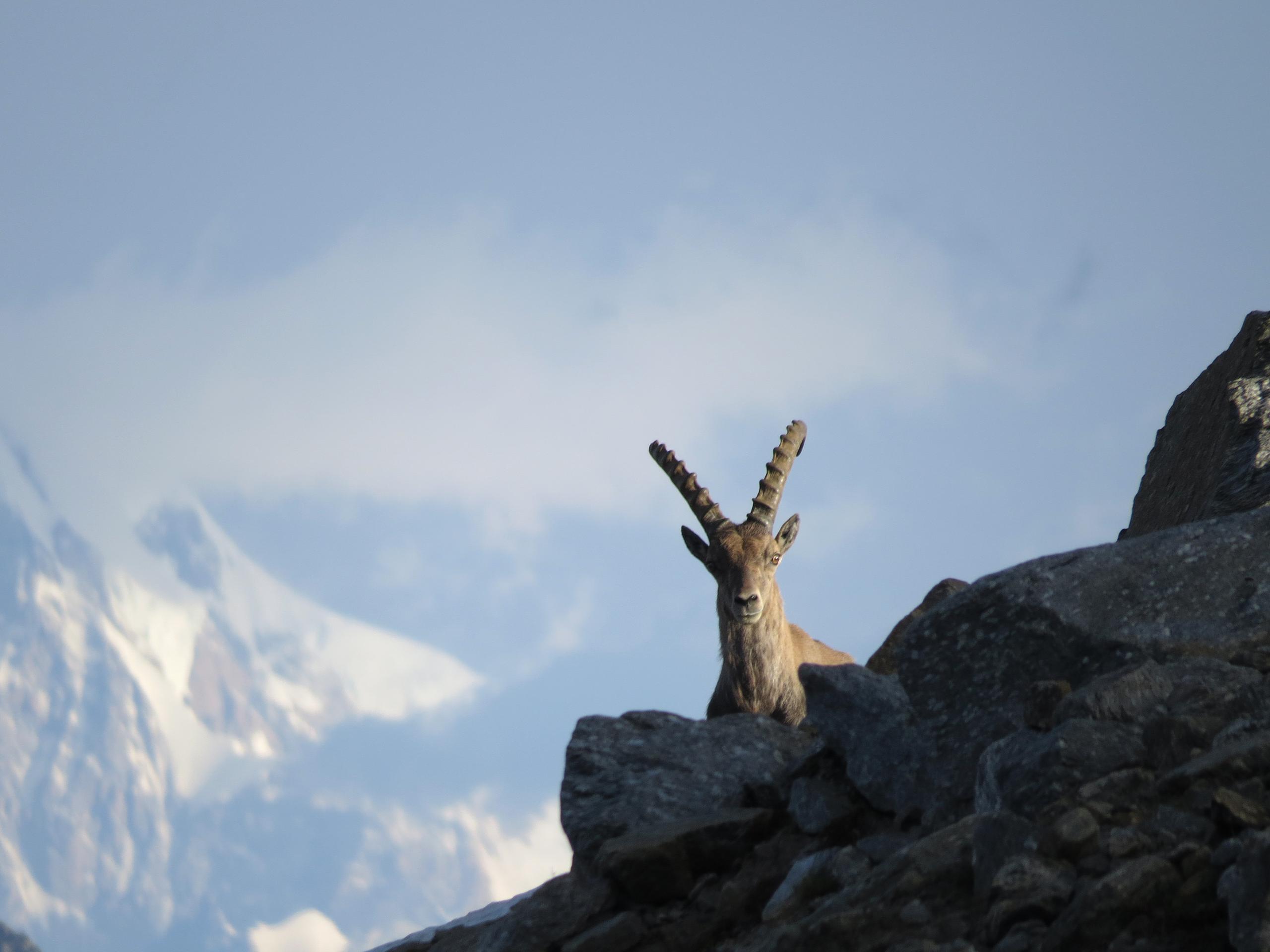In the thrall of the mountain king
Once extinct in Switzerland, the ibex is back. Thousands of the surefooted creatures now live in the Swiss Alps.
The Swiss loved their ibex to death – hunting them for their meat and horns, which people once believed had medicinal properties. Supposedly, horn powder could help conquer vertigo.
The last Swiss ibex was shot in canton Valais in 1809, but Italy still had loads of them thanks to the royal hunting supply. Later, Swiss officials asked whether they could buy some Italian ibex, but King Victor Emmanuel II wasn’t selling.
So in 1906, the Swiss authorities hired poachers to capture a number of Italian ibex kids and sneak them over the Swiss border. A successful breeding programme made it possible to start the Augstmatthorn colony in the Bernese Oberland. Later, Italian leader Benito Mussolini gave Switzerland additional animals.
So-called bottlenecks have been a challenge for Alpine ibex. These occur when a population becomes very small – causing a loss of genetic diversity, which can then have a negative impact on a population’s well-being.
“Most populations in the Alps are growing well, and there’s no immediate need to do anything about it. But some aren’t, so those are populations where one might consider releasing animals from a different genetic background,” says Lukas KellerExternal link, a professor at the University of Zurich’s Institute of Evolutionary Biology. He advises the Swiss government on the subject of ibex health.
The majestic ibex adorns the coats of arms of more than 50 Swiss towns and villages, as well as that of canton GraubündenExternal link – which also features ibex in its tourism boardExternal link logo and adverts. It’s the symbol of Swiss conservation group Pro NaturaExternal link, and on the label of CalandaExternal link brand beer, too.
(Video: SRF/swissinfo.ch)
Lifespan: Up to 19 years in the wild
Weight: 40-50kg (female), 70-120kg (male)
Food source: Mainly grass, also moss, flowers and leaves
Conservation status: Least concern
Where to find: Mountainous terrain at elevations of 1,800 to 3,300 metres (5,900 to 10,800 ft)
Number in Switzerland: 17,000















You can find an overview of ongoing debates with our journalists here . Please join us!
If you want to start a conversation about a topic raised in this article or want to report factual errors, email us at english@swissinfo.ch.